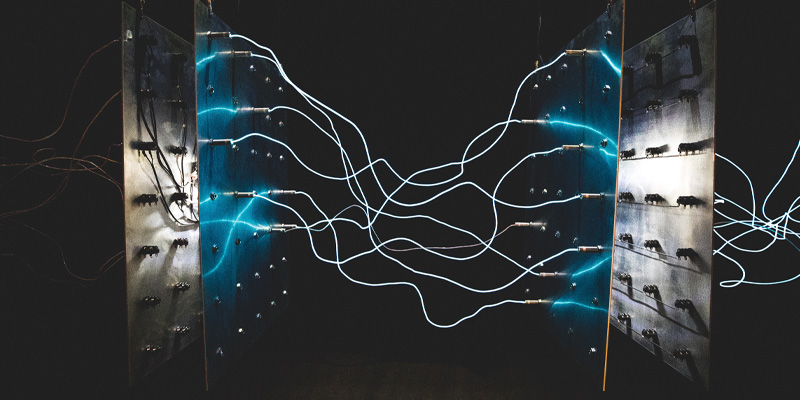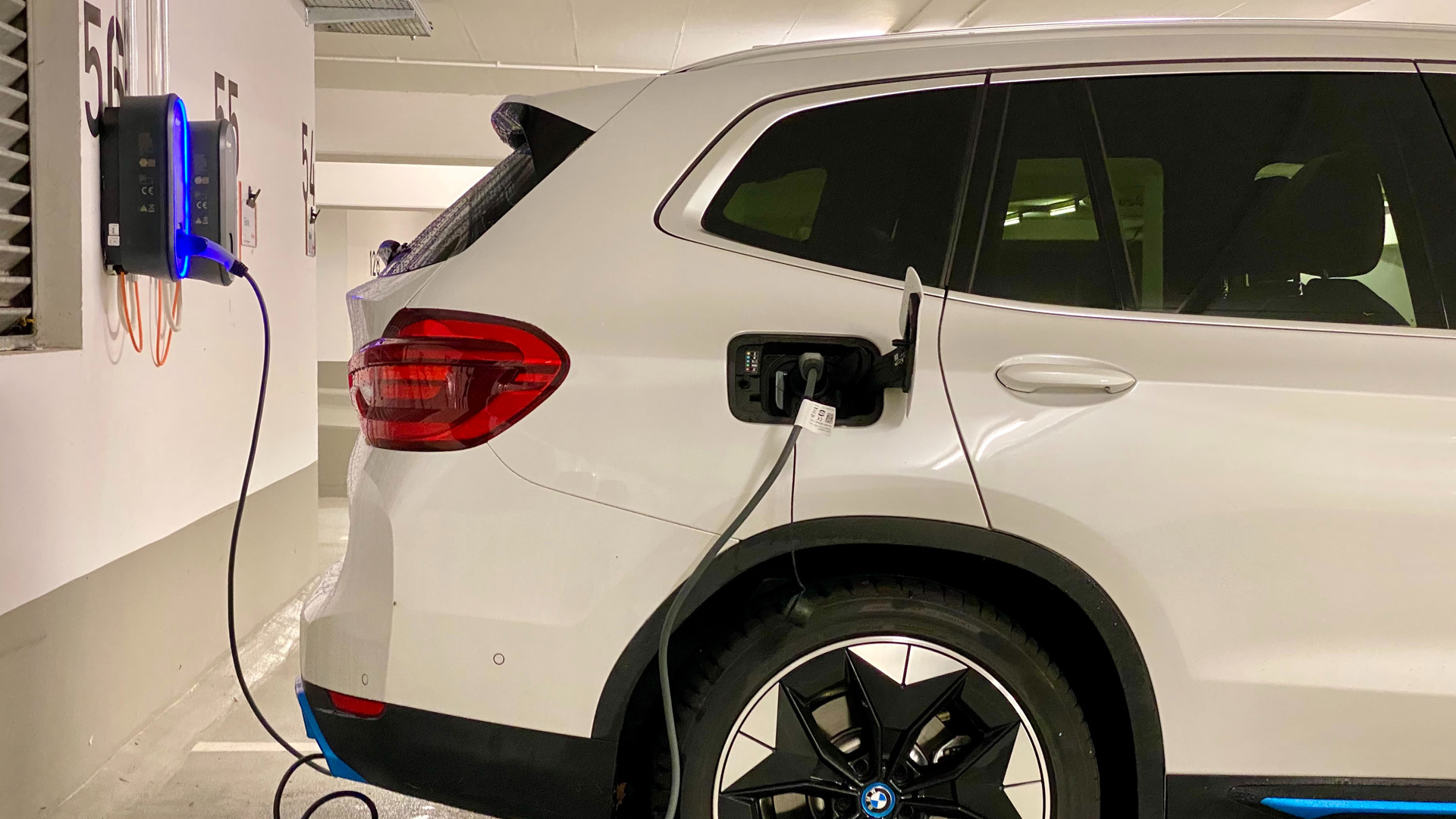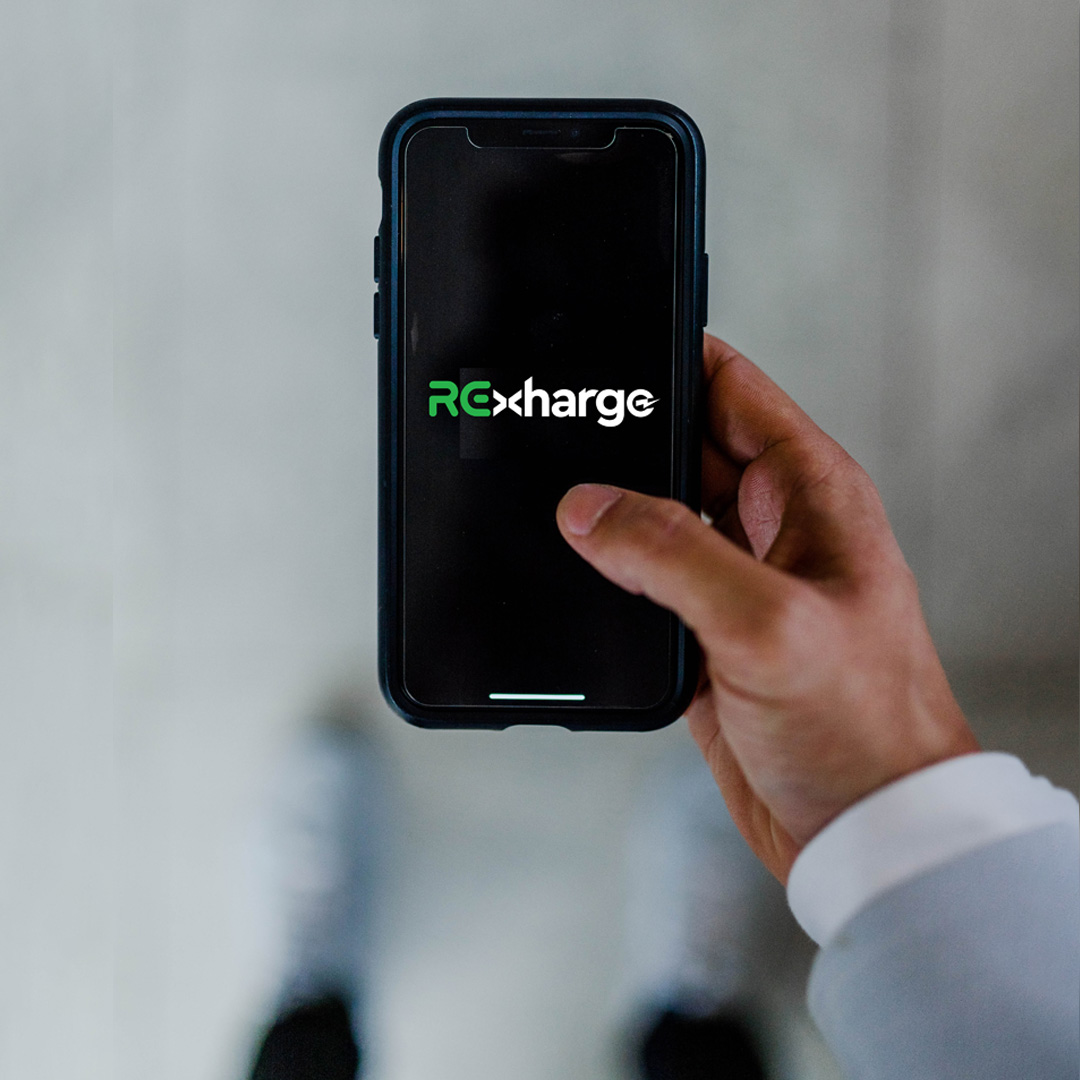Resolved Power Overload & Electricity Tripping Issue

Background: Electrical Tripping After EV Charger Installation
This case study delves into a scenario where a customer encountered recurring tripping issues in their home electrical system following the installation of an EV charger. By conducting a comprehensive assessment and offering practical solutions, the RExharge team not only resolved the problem but also empowered the customer to charge their EV responsibly without compromising their daily activities.
Initial Assessment of Power Overload Issue
Our in-depth analysis revealed that the house’s electrical system was not equipped to handle the combined demands of the EV charger (32Amp) and other high-consumption appliances (over 31Amp). The existing power supply from the house distribution board was rated at 63Amp, which was insufficient when multiple appliances were running simultaneously. To precisely identify the cause of the tripping, we calculated the total load being drawn by the EV charger and other household appliances. The EV charger itself required 32Amp, while the combined load of other high-consumption appliances, such as the induction cooker, vacuum, and dryer, exceeded 31Amp. With a total load nearing 63Amp, the system was operating at its maximum capacity, leading to power overload and subsequent tripping.
Wiring Considerations:
During our assessment, we also considered the existing wiring setup. The house was equipped with a single-phase wiring system, which can be more susceptible to power overloads when multiple high-consumption devices are used simultaneously. We evaluated the possibility of upgrading to a 3-phase wiring setup, which distributes electrical load more evenly and reduces the risk of overloading. According to the Energy Commission’s Non-Domestic Electrical Installation Safety Code 2.10.1 , any electrical equipment selected for installation must be able to operate within the supply characteristics. Specifically:
- i) Voltage: 230 V alternating current for single phase 2 wire system
- ii) Voltage: 400 V alternating current for three phase 4 wire system
However, after reviewing the customer’s specific needs and the cost implications, we determined that a single-phase system could still meet their requirements with proper load management.

RExharge’s Solution:
With a clear understanding of the power overload and tripping issue, the RExharge team engaged the customer in a transparent and informative discussion. Instead of recommending a costly overhaul of the electrical system, we proposed a practical approach to prevent power trips and ensure the uninterrupted use of the EV charger.
Key Solutions Implemented:
- Managing Power Usage: We advised the customer to avoid using power-intensive appliances like the induction cooker, vacuum, and dryer while the EV charger was active. This simple adjustment significantly reduced the risk of overloading the circuit and eliminated the power trips.
- Monitoring and Control: We recommended the customer use the RExharge mobile app to monitor and control the charging process. The app allows for adjusting the charging rate, providing an effective way to prevent overloads and ensure smooth operation without interruptions.
For EV owners considering the installation of a home charger, it’s crucial to first conduct or schedule a comprehensive home check. This includes assessing the TNB fuse, performing a load test, and ensuring the system can handle the additional load without tripping. A thorough home check also allows for the customization of the future charger layout to suit individual needs.

Outcome:
By addressing the power overload and tripping issue, we successfully eliminated the frequent tripping problem. The customer can now use their EV charger without any interruptions, enjoying a hassle-free charging experience. This case underscores the importance of conducting a thorough home check, including examining the TNB fuse, performing a load test, and considering a 3-phase wiring setup when necessary. Such precautions help ensure that EV owners can charge their vehicles responsibly without compromising their household’s electrical stability.
Conclusion
This case also highlights how RExharge’s expertise can be applied to similar scenarios where power overloads and tripping issues arise after EV charger installations. Our ability to assess the entire electrical setup, including wiring configurations, and provide cost-effective, practical solutions, showcases our capability to handle a wide range of electrical challenges. Whether it’s managing load distribution in a single-phase system or considering a 3-phase upgrade, RExharge is committed to ensuring safe and efficient EV charging for all our customers.Contact us today for a home check and personalized advice to keep your EV charged without compromising your daily routine.
